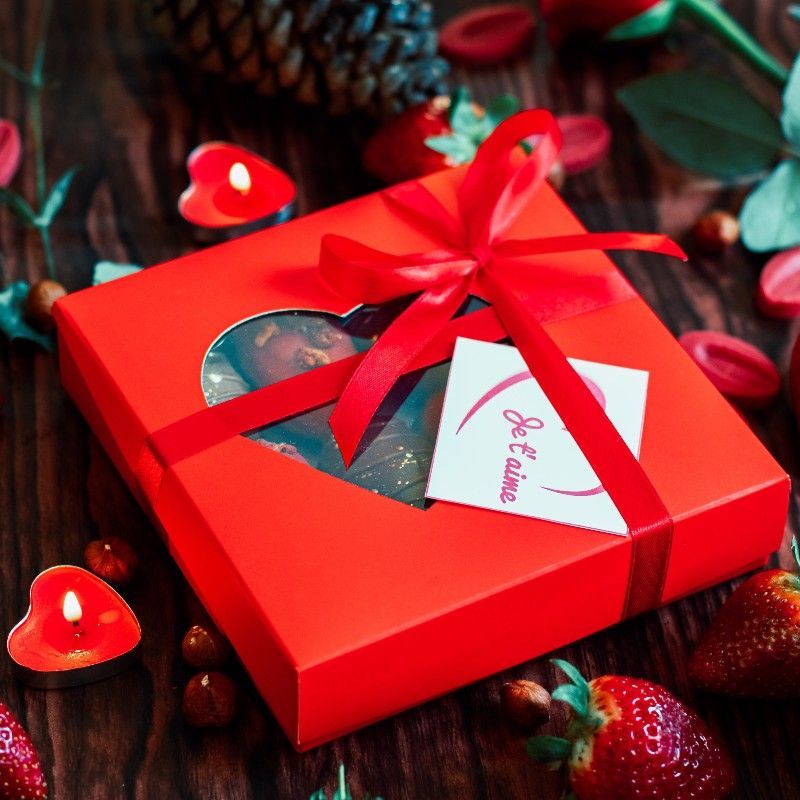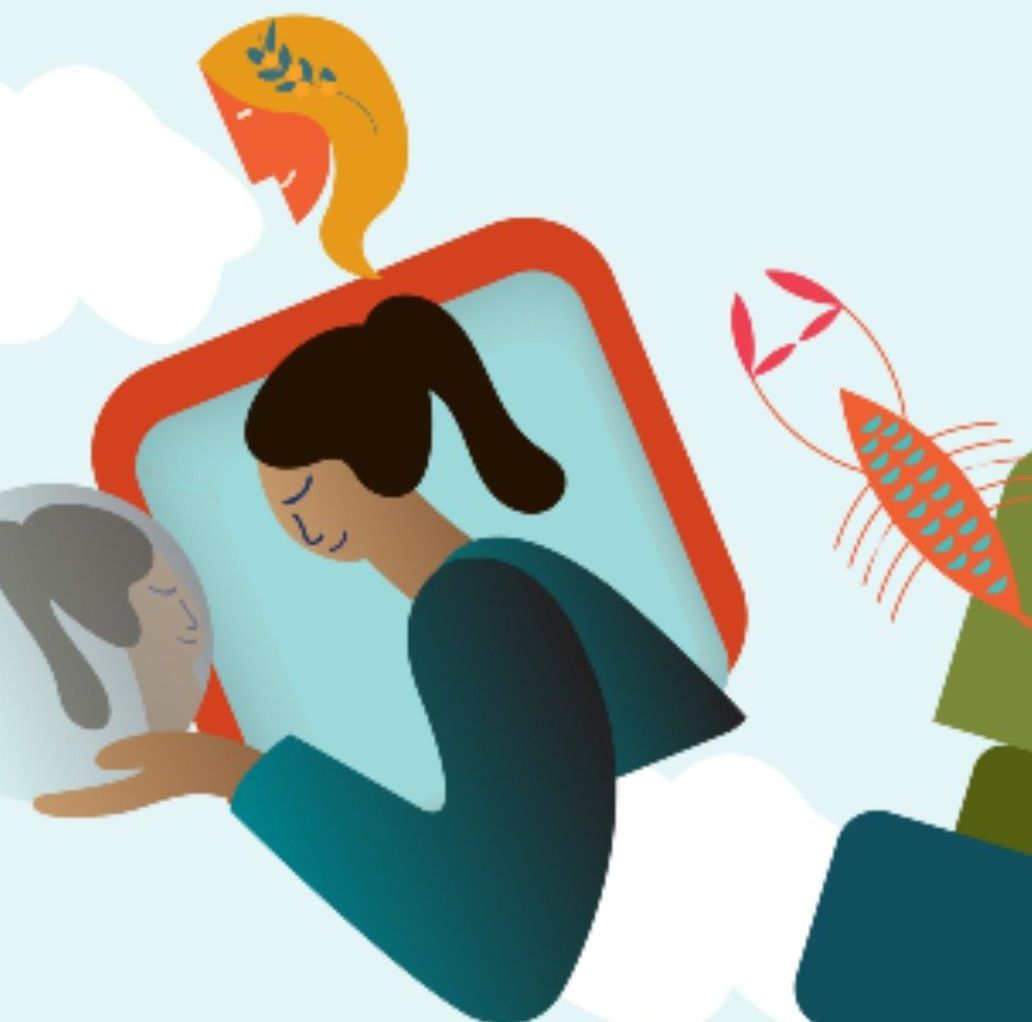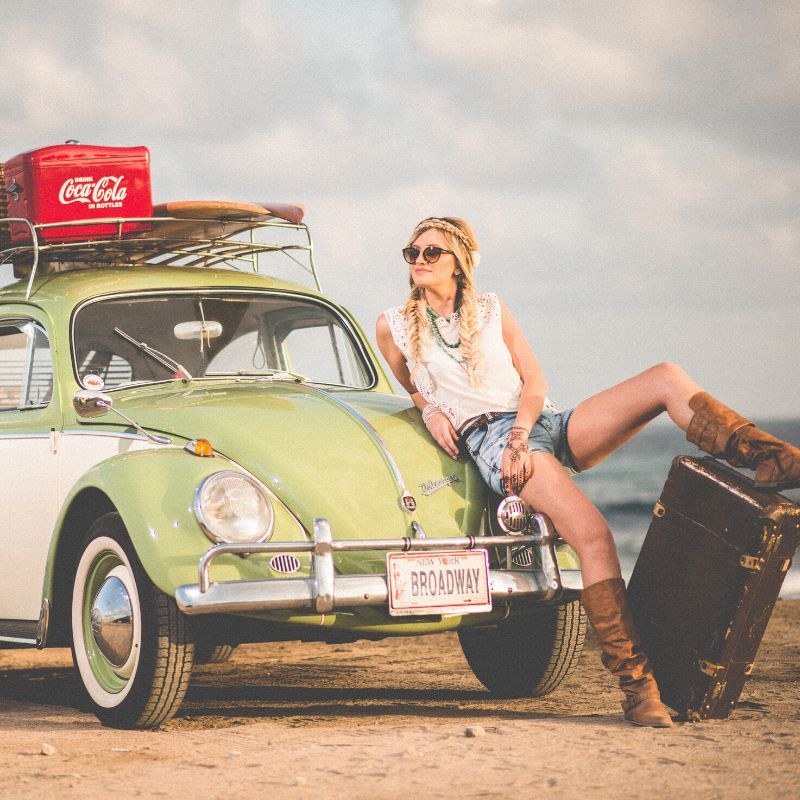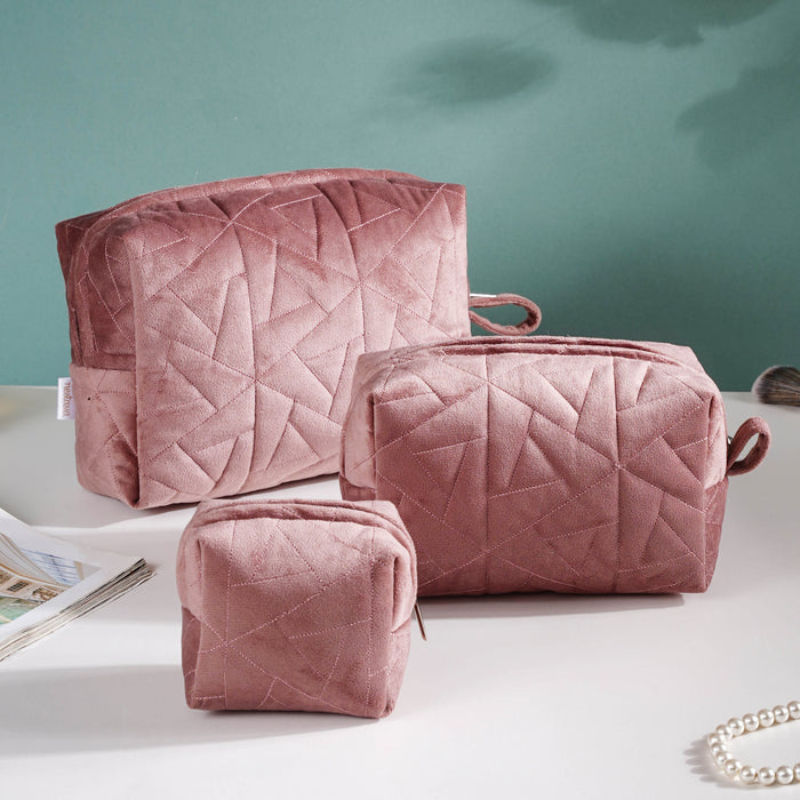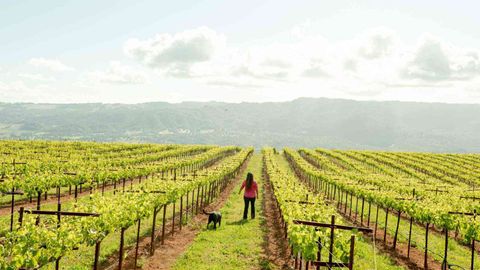
Last November, I stopped in at The Matheson, a farm-to-table restaurant in the heart of Healdsburg. I had headed north to Sonoma County from my home in Los Angeles— one of several trips in a quest to meet the female winemakers changing California wine. I already knew there were far more than I could possibly feature in this article, and when I told the bartender at the rooftop lounge about my mission, he added another local name to my list. By Morgan Goldberg
Isabelle Simi, I learned, took over her family’s Healdsburg winery in 1904, after her father and uncle suddenly died. At the time, women were rarely seen working in vineyards — let alone running them. Her ascent paved the way for pioneers like Mary Ann Graf, who became head winemaker in 1973, and Zelma Long, the winery’s president in the 1980s.
Only 14 percent of California wineries have a woman at the helm.
Today, Simi remains a famously women-led company — but it’s no longer the only one. Celebrated wineries, including Far Niente, Schramsberg, and Duckhorn, have recently promoted women to leadership positions, while newer female-founded ventures like Sonoma County’s Ashanta and Martha Stoumen continue to innovate and expand.
Only 14 percent of California wineries have a woman at the helm, but this lack of gender representation hasn’t stopped women from claiming their place in the industry. These seven women pushing traditional boundaries and raising the standards of what we drink, how it’s made — and who is calling the shots.
Meet the California female winemakers changing the drinking scene
Brenae Royal — Manager of Winery Relations and Vineyard Operations at Monte Rosso
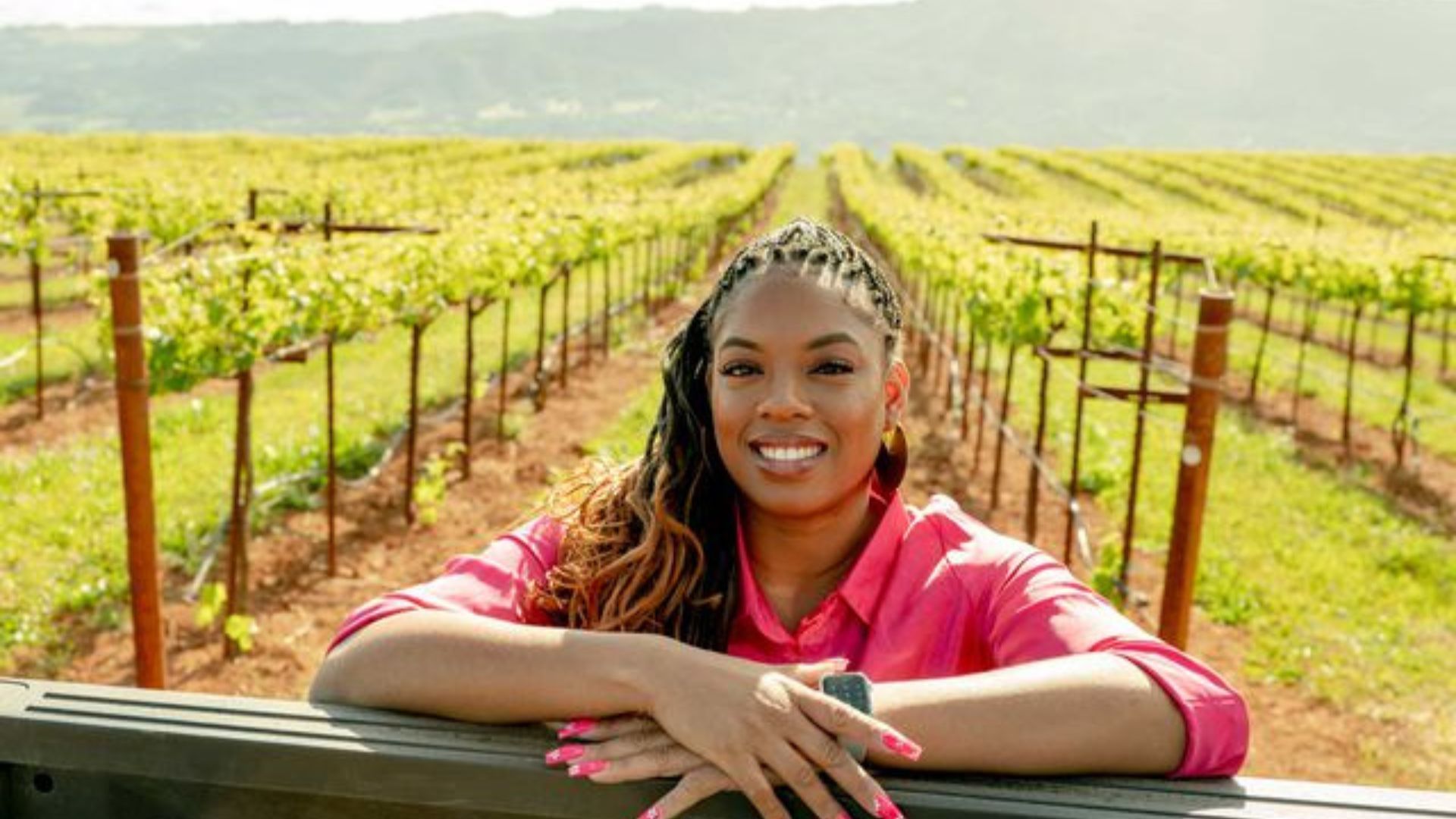
As a crops and horticulture student at Chico State University, in northern California, Brenae Royal worked 40-hour weeks in retail on top of a full course load. Exhausted from the grind, she would often decompress with a puzzle, Jeopardy!, and a bottle of Apothic Red. So when E. & J. Gallo Winery displayed a magnum of the blend on its career-fair table, she swiftly approached. “I was like, ‘I’ve never seen a grapevine in my life, but I really love drinking this,’” she remembers. “‘If you’re telling me I can farm for you, then I’m in.’ ”
Royal, whose agriculture journey began with raising pigs and joining the National FFA Organization in high school, was offered an internship at the historic Monte Rosso Vineyard in Sonoma, which supplies Louis M. Martini (an E. & J. Gallo subsidiary) with grapes like zinfandel from 128-year-old vines. She was quickly promoted to viticulturist and then, in 2015, to vineyard manager, at just 24 years old. “I was bright-eyed and bushy-tailed,” she reflects. “As a young Black woman, it was a huge culture shock for everybody.”

Eventually, Royal learned Spanish and earned the respect of her predominantly male staff — many of whom had started working there before she was born. She also hired women. “I’d say my team is almost 50-50 now,” she says. “Women have this inherent attention to detail. With how technical we are and how much scrutiny we pay, women do really, really well.”
Royal’s own success comes down to her nuanced approach to farming. “I’ve built this skill set for looking at a block of vines and really dissecting it based on all of these different components,” she explains. “I have 54 blocks, but based on the styles that the winemakers are going after, we can farm those blocks in 105 different ways.”
Megan Bell — Winemaker at Margins Wine

Three years ago, Megan Bell, one of the female winemakers changing the drinking scene in California, was barely surviving. Though her one-woman winery in the Santa Cruz Mountains was frequently featured in the press, she was juggling part-time gigs as a food runner, babysitter, and private investigator just to pay rent. “It’s so hard to make money,” she laments. “Winemakers aren’t good at telling the truth about this.”
Bell, by contrast, is completely honest — both about operating a start-up winery (challenges persist, though she does now make a living wage) and about the crafting of her low-intervention wines. The label she introduced in 2017, Margins Wine, is aptly named: she uses underrepresented varieties from underrepresented regions, all grown with cutting-edge organic practices that she teaches to her partner farmers. The approach is only natural, she says. “People are demanding to know how things were made, by whom, and what’s in them.”
Bell’s achievements are a culmination of her studies at UC Davis’s acclaimed viticulture and oenology program. But her ethos is a reaction to her winery experiences across the USA, New Zealand, and France, where the workplaces often felt less than fair. One goal, when she can afford full-time employees, is to create an open, nepotism-free environment. “Certain people are already closer to opportunities than others. But I want to give everyone an equal chance.”

For now, though, it’s the lesser-known grapes that are getting their shot. Bell’s juicy Santa Clara Valley mourvèdre and peppery San Benito County négrette make people fall in love with types of wine they may never have heard of. “I’m excited about alternative ways of doing things,” she muses. The industry is better for it.
Bibiana Gonzalez Rave — Winemaker at Cattleya, Alma de Cattleya, and Shared Notes
At 14 years old, Bibiana González Rave decided to become a winemaker. This was a somewhat random career goal for a teenager born and raised in Medellín, Colombia, where the drinks of choice were beer, aguardiente, and rum. But she stuck with the idea, studying chemical engineering in college before moving to France in search of a more specific enological education.
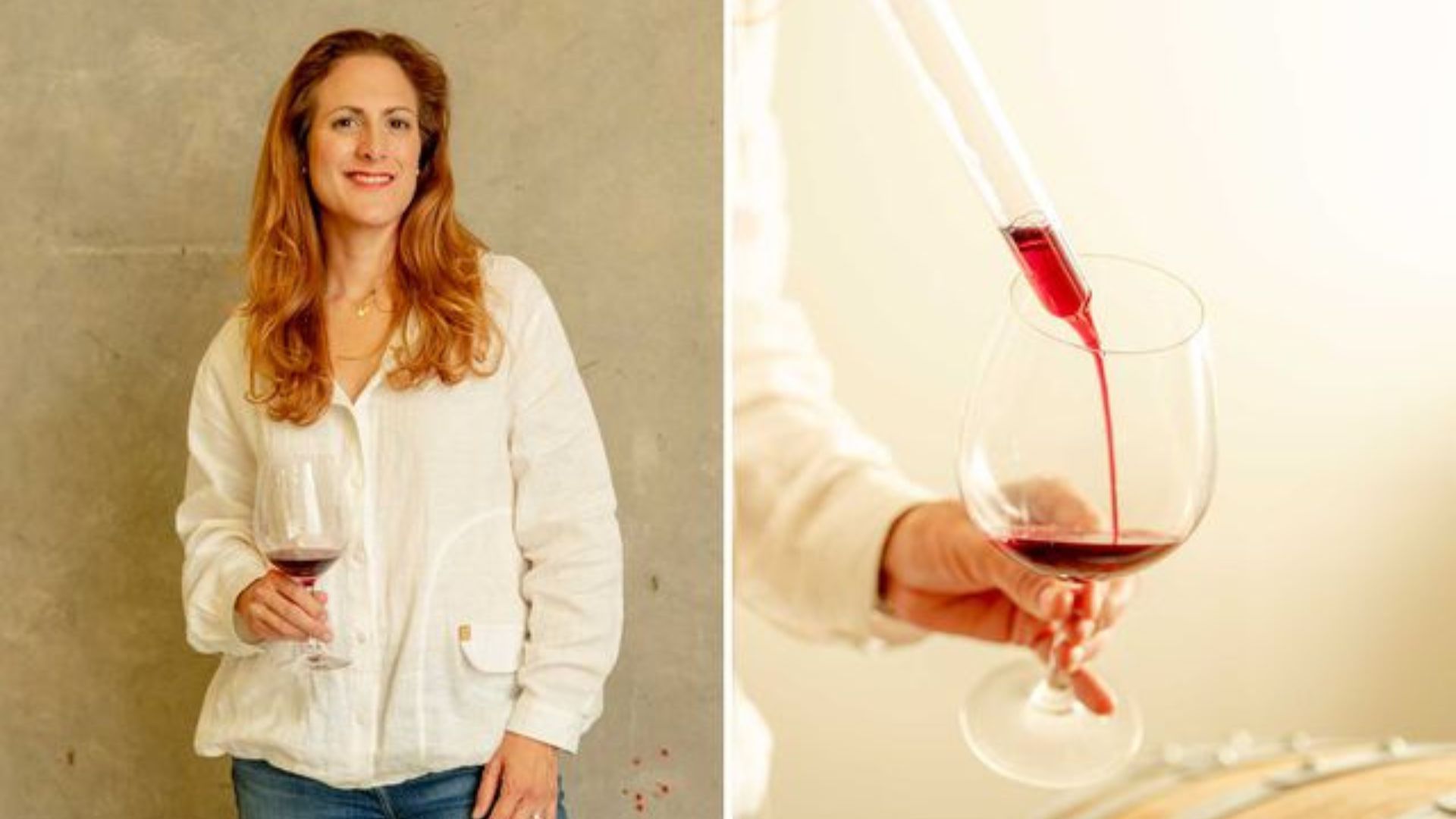
Another female winemaker changing the wine culture in California, González Rave’s ensuing six years in France included training in Cognac, a bachelor’s degree at the University of Bordeaux, and stints at illustrious French wineries. The experience inspired an obsession with quality, which she brought with her to leadership roles at distinctly Californian operations like Lynmar Estate and Pahlmeyer. All of these influences can be seen in her flagship label Cattleya Wines, founded in 2012, where her Santa Lucia Highlands syrahs and Russian River Valley chardonnays flawlessly blend French and West Coast sensibilities.
Though González Rave has a passion for these ageable fine wines — which she makes at the industrial facility in the town of Rohnert Park that she shares with her winemaker husband, Jeff Pisoni of Pisoni Vineyards — she launched a second label in 2018 to produce bottles at a more accessible price point. Alma de Cattleya offers a USD 22 (INR 1,812) sauvignon blanc that’s also held to her unwavering high standards. “I’m not making wine because it’s a good business,” she insists. “I’m making wine because I love making wine.”

Being a perfectionist can have its pitfalls, though — especially when it comes to balancing wine-making and parenting. “It’s very demanding,” González Rave confesses. “Harvest is brutal as a mom of two boys, but I just want to make the best wine possible. And I hate mediocrity.” With two exceptional brands of her own, as well as a coffee and wine collaboration with Pisoni, mediocrity isn’t even on the table.
Jasmine Hirsch — Winemaker and General Manager at Hirsch Vineyards

The dusty, grassy smell of summer on the Sonoma Coast is one of Jasmine Hirsch’s strongest childhood memories. It was here, in 1980, that Hirsch’s father, David, founded his now-biodynamic vineyards in the remote community of Cazadero — on the fertile land that centuries earlier had been covered in the temperate redwood rain forest. The place is deeply embedded in her soul.
Which is why it’s so curious that she left. It took this female winemaker who is changing the California wine culture, a decade to return to the winery; in between, she majored in Japanese studies at the University of Pennsylvania and worked for a Czech entrepreneur in Amsterdam and Prague. It wasn’t until she accepted (and, almost immediately, hated) an NYC finance job that a helpful friend nudged her back. “None of the kids ever wanted to work for our dad,” Hirsch admits. “But my friend, who’s a Master Somm, said, ‘He’s doing something important. You should go help.’ ”
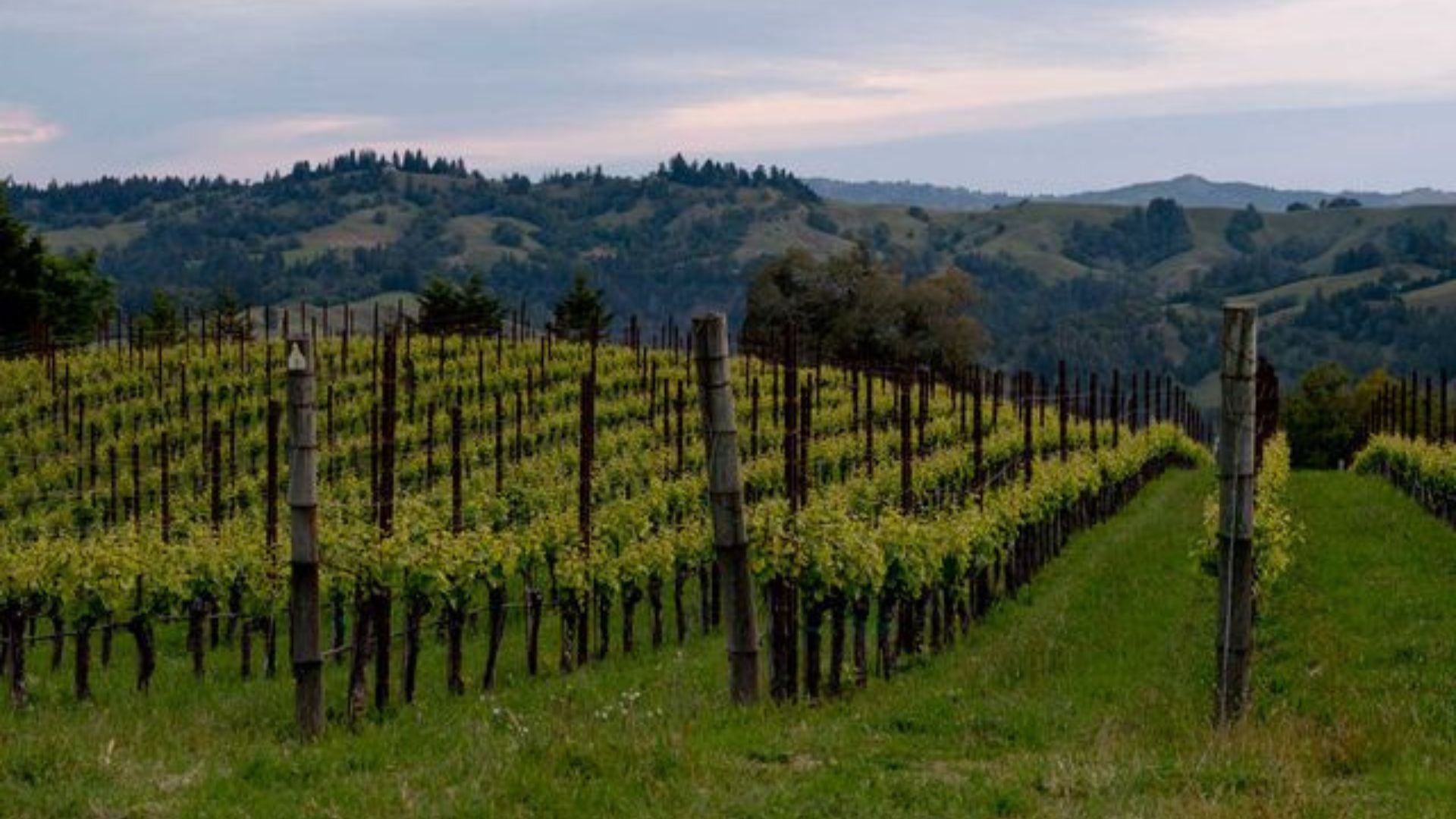
So Hirsch accepted a job as the winery’s director of sales and marketing. Then, in 2015, she took over as general manager after her father was paralysed in an accident. When the head winemaker left, Hirsch stepped into that role, too. “I worked really hard to change the culture, which still had this slight toxic masculinity on the winery side,” she says.
Hirsch has set a positive tone while maintaining her father’s legacy. Her first vintage of the flagship San Andreas Fault Estate Pinot Noir, in 2019, was a hit: red-fruit-forward, soft yet energetic. “My ambition,” she says, “is to make good wines that are a continuation of what we made before.”
Stephy Twrrizzi — Vineyard Manager at Giornata

In 2005, Stephy Terrizzi almost moved to Italy. She and her winemaker husband, Brian, had secured jobs in Piedmont and were in the process of filling out dual-citizenship paperwork when they found out she was pregnant — with twins. So the couple stayed in California for the birth of their daughters and decided to launch their own winery in Paso Robles instead. As Terrizzi puts it, “We really started Giornata as a way to bring Italy to us.”
Though French cultivars are the norm in California, Terrizzi was drawn to Italian wines during her time working in restaurants. She now uses favourites like nebbiolo and sangiovese to create lower-alcohol, higher-acidity table wines. Her extensive education — she studied chemistry at the University of Wisconsin, viticulture at Santa Rosa Junior College, and oenology, chemistry, and plant science at Fresno State — has equipped her with the know-how to grow grapes that are uncommon in the region.

The couple’s first vintage was a small backyard endeavour that Terrizzi juggled with a part-time vineyard-management role for another winery, all the while caring for two newborns. In the 15 years since, however, Giornata has grown into a thriving business, with an estate vineyard; a tasting room and production facility in Tin City, Paso’s bustling industrial park; and a sister pasta brand, Etto, that makes for an ideal wine companion.
While Terrizzi is certainly a forward-thinking entrepreneur, her processes are decidedly old-school — from dry farming, a style that eschews modern irrigation, to her skin-contact orange wines aged in clay amphorae from Abruzzo. “We want to pay homage to prewar Eastern European and Italian wine,” she explains. “They always had the skins on because that was the only way the wines could last a full year without oxidizing. It’s these old, natural methods that create something with flavour and body.”
Maggie Kruse — Winemaker at Jordan Vineyard & Winery

Raised in Wisconsin by a father who worked at Miller Brewing Co., Maggie Kruse was always interested in fermentation. Though she briefly considered a future in beer, a family trip to the Napa Valley convinced her to focus on wine. “I kind of got that buzz,” she recalls. “It was that time of year, in October when everything just smelled amazing. There’s an energy during harvest that you can feel. I just wanted to be a part of that party.”
“It definitely changes the dynamic to have so many women involved. We communicate a lot better.”
The UC Davis program funnelled her to an internship at J Vineyards & Winery, which led to an enologist position at Jordan Vineyard & Winery, a French-inspired Healdsburg estate that produces Bordeaux-style cabernet sauvignon and Burgundy-style chardonnay. For 13 years, Kruse was mentored by winemaker Rob Davis, who had been expertly running the show since Jordan’s first vintage in 1976. When Davis retired in 2019, she took over and began making subtle tweaks to the process behind the company’s two widely sold bottles.

Kruse is revamping the process for the chardonnay by sourcing grapes in accordance with the changing climate and replacing some of the barrels with sculptural, egg-shaped concrete tanks. “The concrete will elevate that fruit without overpowering it and really emphasise those mineral characteristics,” she explains. “We’ll always have some French oak because oak is a great tool. But if I can scale it back a little bit, I would like to.”
Wine isn’t the only thing changing at Jordan. The romantic yellow château that houses the winery and tasting rooms is undergoing a renovation — the team has completed an update of the guest suites, bookable by Jordan Estate Rewards members, which are outfitted with a mix of European antiques and modern amenities. Kruse’s wine-making work also looks to both past and future: “I want people to see that it’s still in the Jordan style, and to see that it’s going to be better.”
Sarah Cahn Bennett — Winemaker at Pennyroyal Farm

A bucolic, winding drive on Route 128 is just about the only way to get to Boonville, a town so small you could speed through without even realizing it was there. To miss out on this part of Mendocino County, however, would be a mistake. The 15-mile (24 km) stretch known as the Anderson Valley is the coolest wine region in California (in terms of temperature, but also vibe), and it continues to gain traction — thanks, in part, to Sarah Cahn Bennett.
An Anderson Valley native, Bennett was born into the industry. Her parents established Navarro Vineyards & Winery in 1973, so she grew up on a 910-acre ranch that produced some of the area’s first estate wines (wines made from only the winery’s own vineyards). After earning a degree in business administration, she, too, headed to U.C. Davis — then returned home and, in 2007, converted a hayfield owned by her family into her own winery and creamery, a business rooted in sustainability.

Named for the wild mint that thrives on the land, Pennyroyal Farm is a low-fossil-fuel, compost-fertilised operation that draws on the symbiotic interplay between diversified crops and animal husbandry. Bennett and her team strive for a closed-loop style of farming, growing pinot noir and sauvignon blanc grapes, raising goats and sheep, and making rich seasonal cheeses, all on the same property.
Solar panels on the barn’s roof supply electricity to the creamery, which Bennett runs alongside head cheese maker and herd manager Erika McKenzie-Chapter. The ranch and vineyard managers are women, too. “It definitely changes the dynamic to have so many women involved,” Bennett says. “We generally communicate a lot better.”
This story first appeared on www.travelandleisure.com
Main and Feature Image Credit: Cayce Clifford
Related: 7 Best Wine Hotels In France To Book On Your Next Vacation


